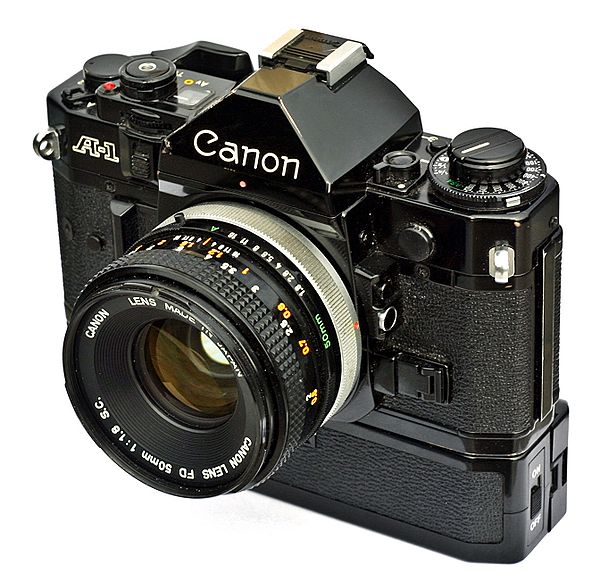From the mid seventies on, everything started to get "better". Or "easier". Cheap cameras took a step upwards, mid range, point and shoot cameras became quite sophisticated with good lenses, simple focussing and automatic metering. Top quality cameras showed improvement with, among other things, metering systems which meant the hand held meter could be left at home, automatic film speed setting, easier film loading and zoom lenses which could be used without too much loss of quality. These improvements continued until, in 1986, Canon changed the face of top end enthusiast's cameras with their T90, A camera which loaded the film for you, wound back the film when finished, had a good metering system, allowed burst shooting and, instead of being hard and cold to handle, was warm and soft like a young women. All other manufacturers took note. Not long after, came the EOS with it's autofocus and all was ready and waiting for the digital film revolution.Why specifically 60s and 70s? It doesn't seem like film photograhy changed all that much after the 70s...easier than 60's and 70's film photography?
--
my flickr:
www.flickr.com/photos/128435329@N08/
Last edited:

